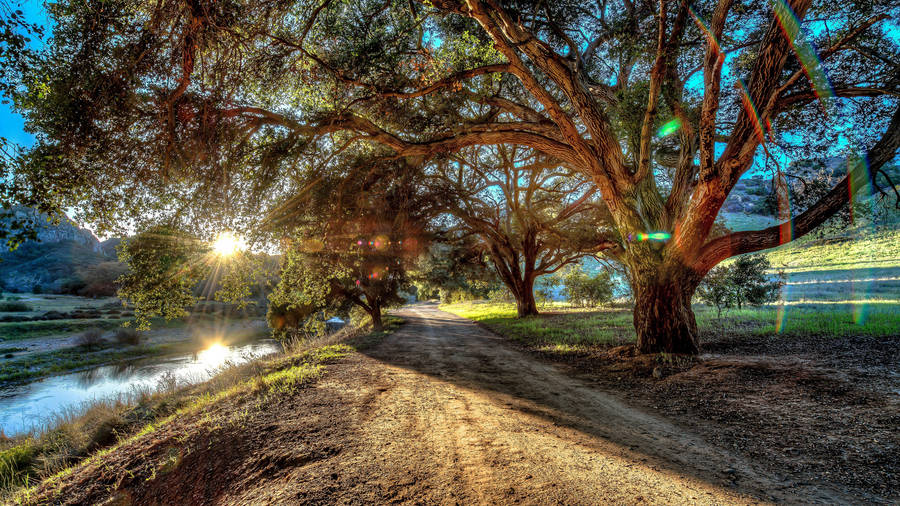That's pretty easy. The first thing to do is to set your foreground color to black (D resets your colors to foreground black and background white). Now, select the Line Tool. It will be in the flyout with the Rectangle, Ellipse, and Polygon tools. Make a new layer and draw a line the width of your image, holding down shift to constrain it to horizontal. Select the Move tool and stretch the line out beyond the edges of your image, then copy the layer three times. You will now have four identical lines on top of one another.
Now, you're going to rotate all but one of your layers to form a radiating pattern. Go to Edit > Transform > Rotate (Ctrl-T). Now, in the tool's settings at the top, you'll see a row of controls. The one you want to manipulate looks like a little angle diagram:
Enter 45 in that box, and the line you have selected will rotate to a 45 degree angle related to the others.
Select another of your copied line layers and do the same thing, but enter 90 in the box. Once more, only enter -45 to get the last line you need.
Now you want to select all four of the line layers (click the top one, then shift-click the bottom one) and Layer > Merge Layers (Ctrl-E).
Now you can move your new layer to where ever you want the lines to radiate from. Give the layer a meaningful name, like "Nav lines" and move it to just above your parchment.
If you want more complex lines, you can add more at whatever angles you like and merge them into your existing layer.
Unfortunately, you'll notice that the lines are visible beneath the countries, too, because the countries themselves are transparent. To fix that, we'll learn about layer masks. At the bottom of your layers palette, there is a button called "Add Layer Mask"
Make sure your Nav lines layer is still selected, and click that button once. You'll see a white box appear in the Layers list next to the Nav lines thumbnail. This is the layer mask. If you paint black onto the mask, portions of the layer will become transparent. We could just paint out the lines we don't want to see, but there's a far more efficient way to go about it.
Select your original map layer (it's still at the bottom of your layers, right?) Using the Magic Wand tool (W), click once on the ocean, the go to Select > Save Selection... Enter a name, like "Ocean," and click OK.
Now, go to the Channels palette. You can reach it with the tab at the top of the Layers.
In the list of channels that appears, find your Ocean channel and click once on it. You should see your image vanish to be replaced by a black-and-white silhouette of the continent. The water should be white and the land black. If that is not the case, go to Image > Adjustments > Invert (Ctrl-I).
Now, Select > All (Ctrl-A) will put the marching ants around the entire canvas. Copy it with Edit > Copy (Ctrl-C). Go back to your Layers palette and select the layer mask you made earlier (the white box in the Nav lines layer). Back to the Channels palette, and you will see a new Channel called Nav lines Mask. The mask is currently hidden, so click the empty box to the left of its name to activate the eye icon. Now paste the ocean channel into the mask channel with Edit > Paste (Ctrl-V). The continent will turn pink, which indicates where the pixels will be turned transparent.
Go back to the Layers Palette and click your Nav lines layer to deselect the mask. Hopefully, you'll now see the Nav lines stop at the edge of the continent.
The final step is to adjust the opacity until the lines look right. Here's the quickie image I made while composing this:
HR: I agree, good to have you pop in on us again. Multiply works similarly to Darken, but it tends to remove more of the glow. On the other hand, it would probably make the glow look more like it was painted on the parchment. Good tip. As for the thickness of the border glow, I hadn't really looked any other maps to see how it was usually done, but it makes sense that it would be uniform. It would look odd if the glow were much smaller on one side of the border than the other.
I notice that the sample map doesn't give a glow to the Ottoman empire at all.
edit: NICE, ravs! Thanks for contributing, and have some rep!









 .
.
 Reply With Quote
Reply With Quote

